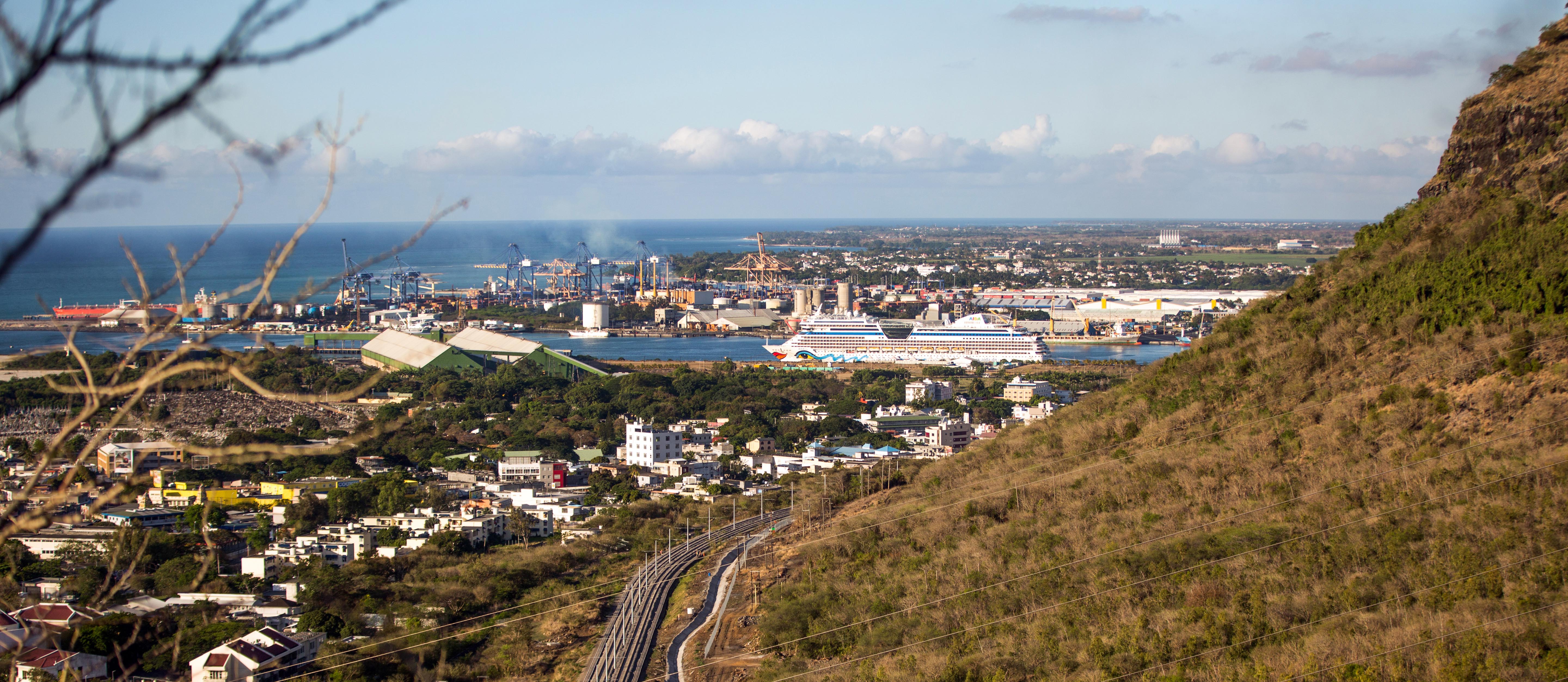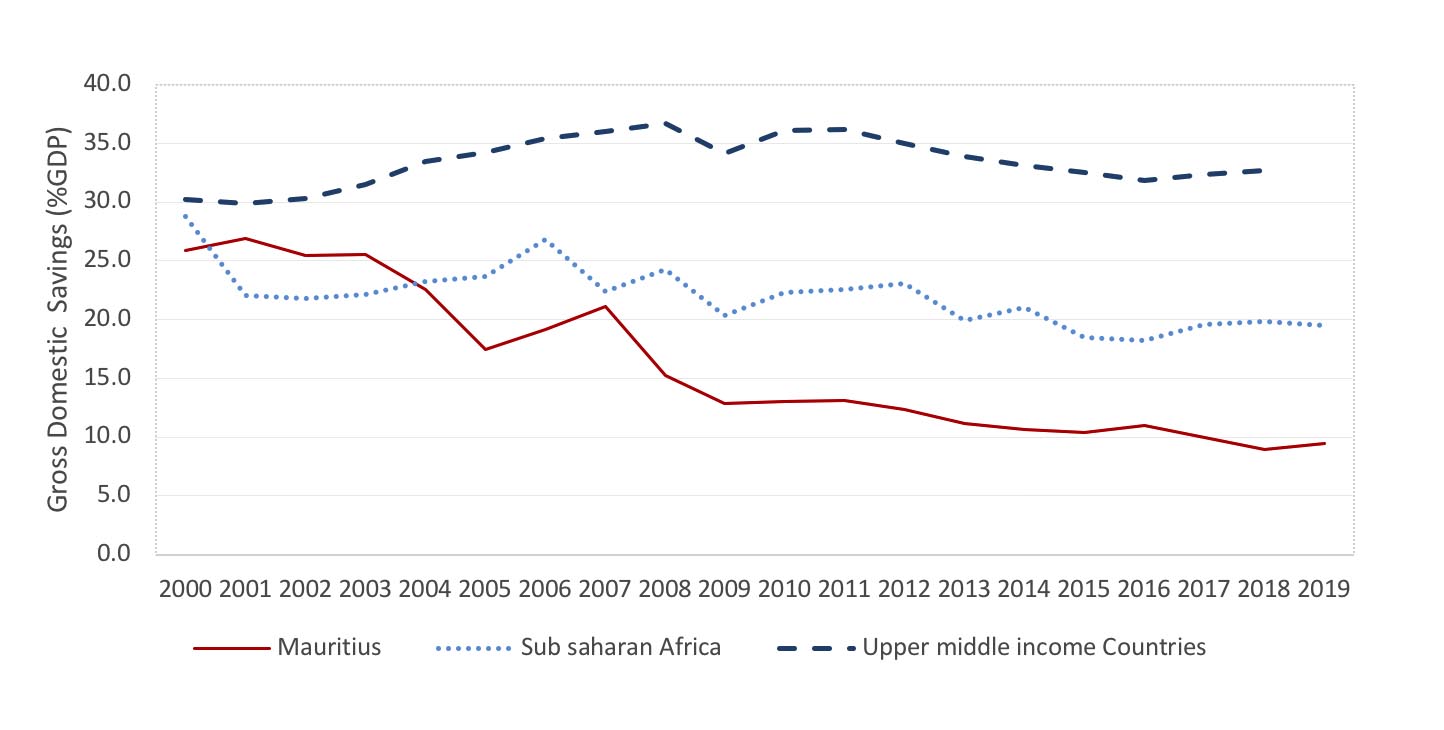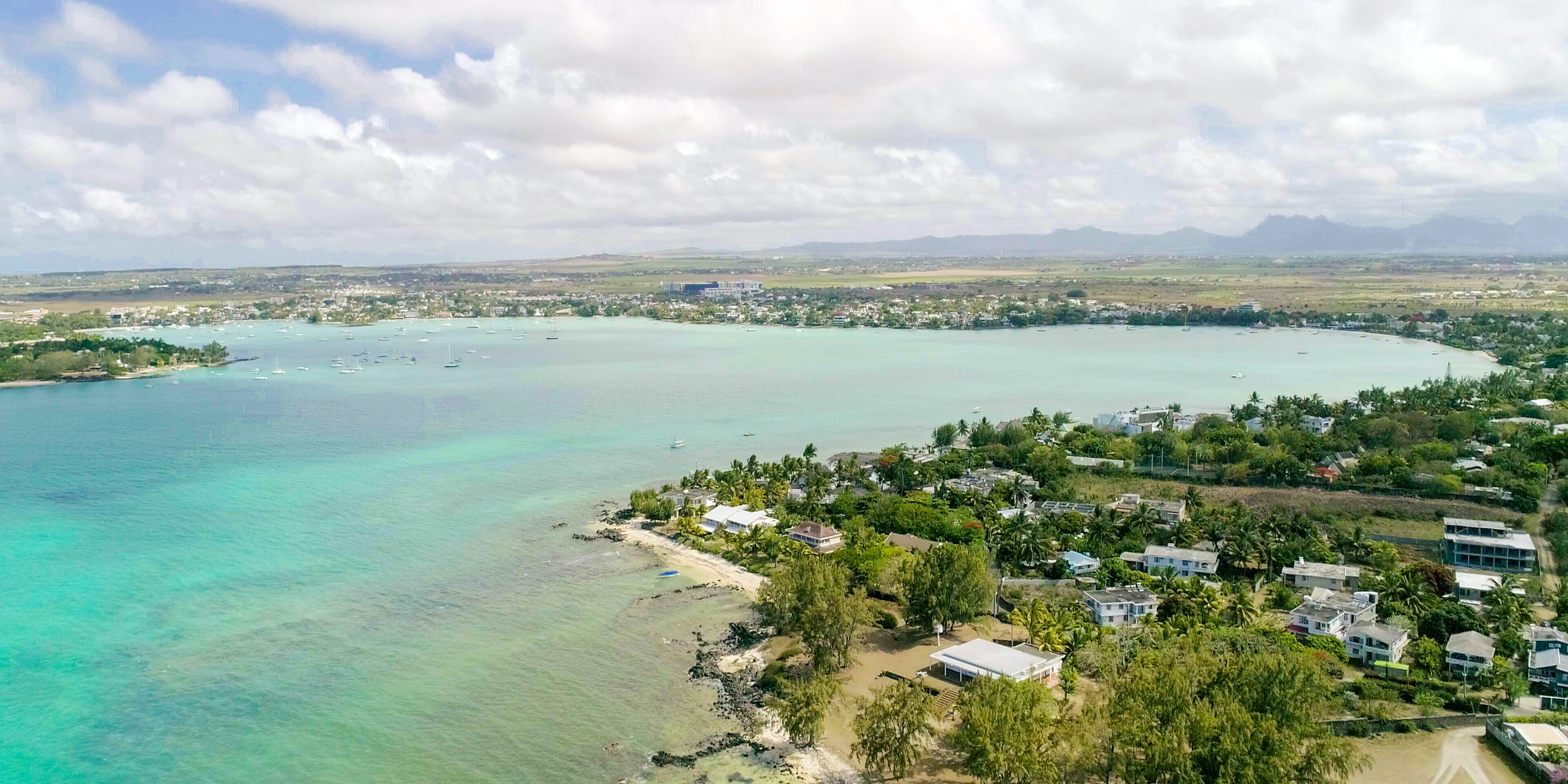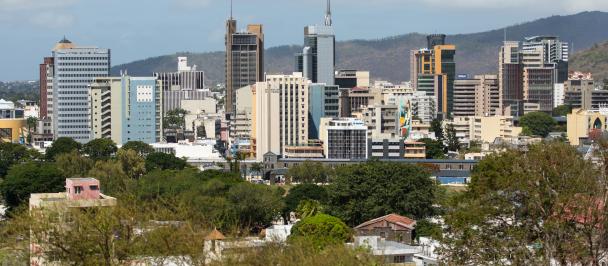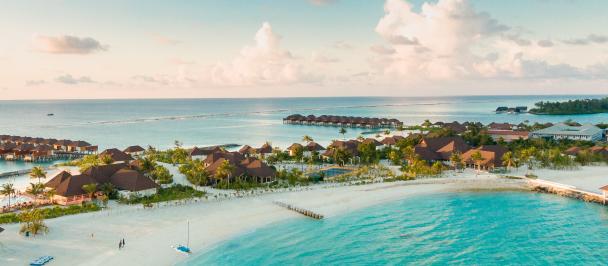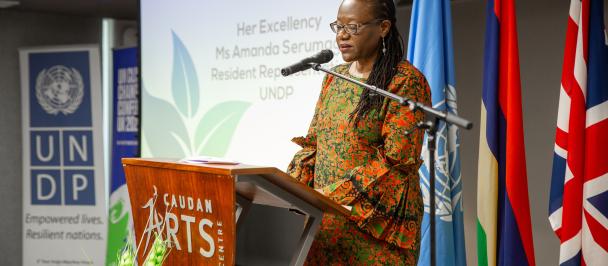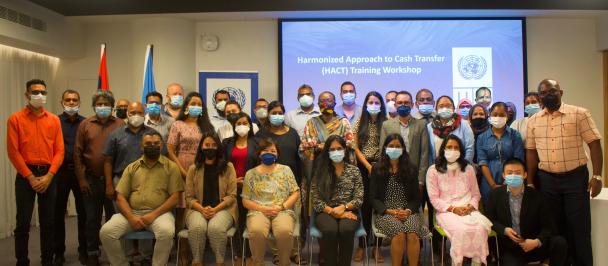Mauritius requires more time to manage the transition and has to make sure that the anticipated waning of support does not perpetuate its vulnerabilities, and delay progress. PHOTO:@UNDP Stéphane Bellerose
On July 1, 2020 the World Bank classified Mauritius as a high-income country, having surpassed the Gross National Income (GNI) per capita threshold of US$ 12,535. This steady progress is a good sign that the country is making headway in translating its national vision into reality. With this transition, it is probable that bilateral and multilateral organizations will significantly reduce or withdraw their financial and technical support and other preferences to Mauritius as is the common practice. Given its peculiarity as a small island nation, Mauritius is still not fully equipped to manage the transition and has to make sure that the anticipated waning of support does not perpetuate its vulnerabilities, and delay progress.
Already, the country’s positioning as a middle-income nation has been accompanied by growing constraints in mobilising resources for development. Except for 2018 where improvements in Official Development Assistance (ODA) were registered, Mauritius has been experiencing a gradual decline in concessional loans. The recent graduation to high income status, is thus most likely to be associated with even steeper fall in donor support, coupled with ineligibility for concessional finance, which will undoubtedly exacerbate the existing constraints. Gross domestic savings have also steadily declined from 25 % of GDP in 2000 to 9.5 % of GDP in 2019, while tax revenues have stagnated at around 18 % of GDP during the past decade.
Figures obtained from World Development Indicators, accessed, August, 2020
Mauritius continues to face several development challenges
Like other Small Island Developing States (SIDS), Mauritius continues to face several development challenges that will require increased government expenditure and revenue. Despite a robust growth momentum, income inequality has been rising for the past 15 years. Rising inequality is partly attributed to skills shortage, high levels of youth unemployment and widening gender gaps in earnings.
Additionally, whereas Mauritius has successfully shifted from a predominantly agrarian economy to a diversified economic structure, more than 50% of the population outside of agriculture is locked in informal employment. The country is also highly vulnerable to the effects of climate change and several disasters, rendering it susceptible to economic and social volatilities. The 2016 World Risk Report ranked Mauritius the 7th most exposed and 13th most vulnerable country globally to extreme natural events, with its capacity to cope with and adapt to them estimated at only 39%.
The country may have to forego eligibility to the few remaining preferential facilities such as the African Growth Opportunity Act (AGOA). This coupled with constraints such as high cost of labour could continue to hurt the industrial sector. The COVID-19 pandemic has also demonstrated that the once-promising tourism sector that registered 50% growth in tourist numbers and a 22% rise in its share of exports during the past decade may not be sustainable. The potential devastating impact of the recent oil spill on the natural ecosystem is another factor that may directly affect the reliability of that sector.
The tourism industry in Mauritius has faced a major setback since March 2020. PHOTO : UNDP@ Stephane Bellerose
Ensuring the transition to the status of high-income country
Building readiness to manage the envisaged transition and to ensure shared prosperity will require several bold steps, and undertaking them still calls for sustained support. Some of these include: 1) undertaking the policy and institutional upgrading necessary to match up to the high-income status; 2) building capacities to finance the infrastructure needs and build the resilience of the economy against disruptions of nature; 3) repositioning the tourism sector by diversifying away from the traditional markets and developing a vibrant silver economy to tap into the global demand by the aging population in advanced economies; 4) re-orienting the industrial sector to remain competitive; 5) developing strategies and capacities to negotiate for opportunities in global trade, and 6) repositioning the country to benefit from the opportunities presented by the African Continental Free Trade Agreement (AfCFTA).
With these development challenges in view, there is a need to urgently advance the dialogue on the necessary reforms to the graduation criteria. This should partly entail expanding the bracket of indicators to capture pertinent issues such as population dynamics, degree of vulnerability to shocks, and social indicators, among others.

 Locations
Locations

